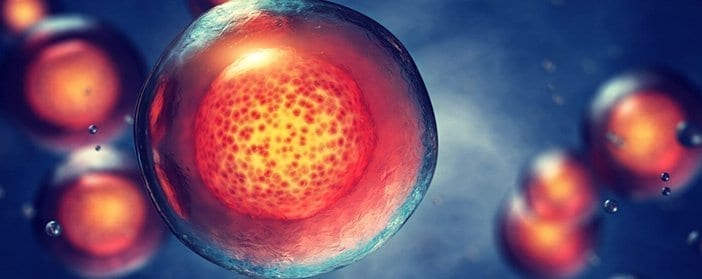A recent review in the World Journal of Stem Cells has described the nature of umbilical cord-derived mesenchymal stem cells and the clinical advantages of using these stem cells over other types of stem cells. Other mesenchymal stem cells that are used in research come from: bone marrow, peripheral blood, cord blood, placenta, adipose tissue, dental pulp, and fetal liver and lungs.
One of the main advantages of umbilical cord stem cells, for both research and clinical purposes, is its ease of collection. The collection is noninvasive, circumventing the issue of causing pain to extract the cells. Further, as umbilical cord is generally viewed as medical waste, the cells can be collected without the same ethical issues that are raised by the collection of other cell types.
The cells are also plentiful when collected and can be banked for later use. According to the researchers, the only disadvantage of umbilical cord stem cells in this context is that a physician must evaluate the baby donor’s health and confirm that the cells derive from a healthy baby. This requirement stems from the fact that the cells are more likely to develop into healthy cells themselves if they come from a healthy baby. However, in the case of bone marrow-derived mesenchymal stem cells, a physician can evaluate the potential donor first and then decide whether to collect the cells.
The immunomodulatory characteristics of umbilical cord-derived mesenchymal stem cells also represent a major practical advantage of these cells for clinical applications. The introduction of any foreign agent to the body poses a risk because the immune system may recognize the matter as foreign and deem it threatening. If this immune response occurs, the immune reaction that ensues can cause severe long-term damage to tissues. Given that umbilical cord-derived mesenchymal stem cells cause these immune reactions much less frequently than do other stem cell types makes them potentially safer as therapeutic interventions.
More research is needed to determine the best ways to use umbilical cord-derived mesenchymal stem cells. However, the evidence that there are clinical benefits to using these cells over other stem cell types is accumulating.
To learn more about the five benefits of stem cell therapy, click here.
Reference


 St. Petersburg, Florida
St. Petersburg, Florida
